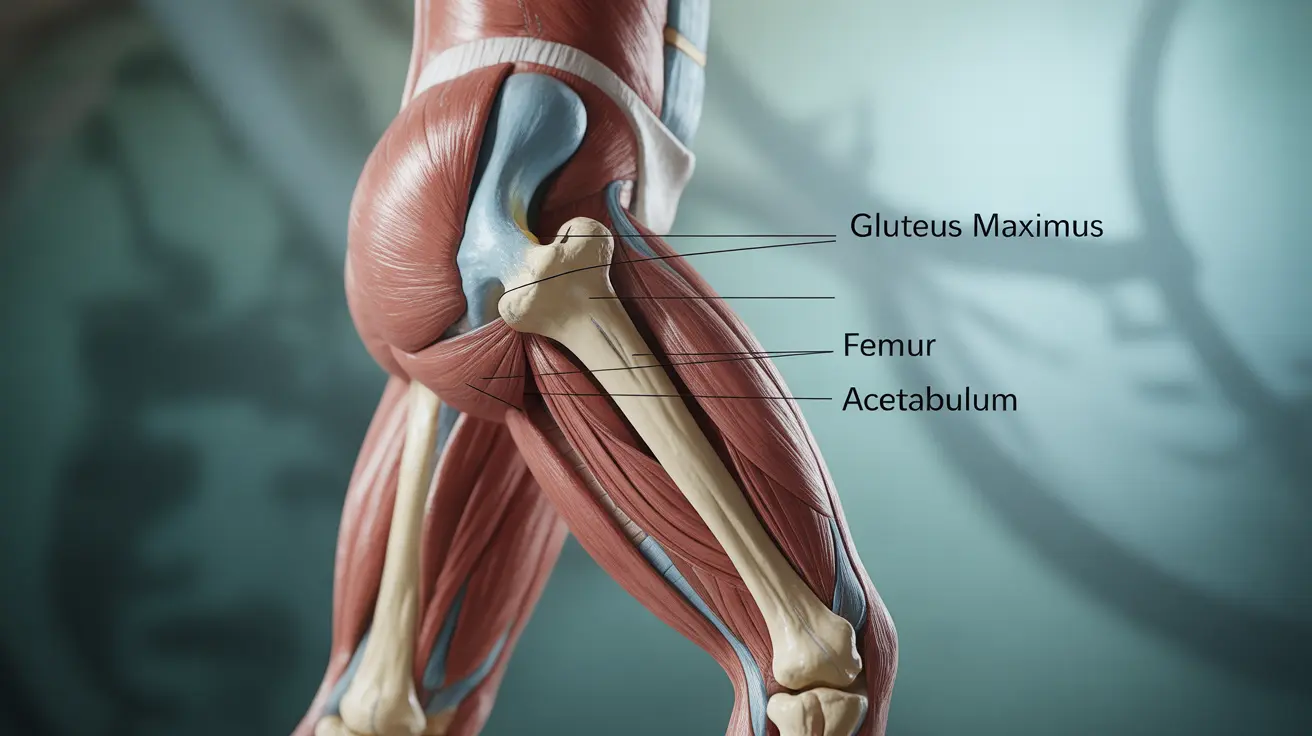A waddling gait, characterized by a distinctive side-to-side movement while walking, can occur for various reasons and affects both children and adults. While some causes are temporary and harmless, others may require medical attention. Understanding why you waddle when you walk is crucial for determining whether you need professional evaluation and treatment.
This comprehensive guide explores the various causes of a waddling gait, when to seek medical attention, and available treatment options to help you better understand and address this condition.
Common Causes of a Waddling Gait
Several factors can contribute to a waddling pattern when walking, ranging from temporary conditions to more serious underlying medical issues:
Pregnancy-Related Waddling
During pregnancy, especially in the third trimester, many women develop a characteristic waddle. This occurs due to:
- Changes in the center of gravity
- Relaxation of pelvic ligaments
- Additional weight bearing
- Pressure on the pelvis from the growing uterus
Muscular Conditions
Various muscle-related issues can lead to a waddling gait:
- Muscle weakness in the hips and thighs
- Muscular dystrophy
- Myopathy conditions
- Inflammation of muscle tissue
Skeletal and Joint Issues
Problems with bones and joints that may cause waddling include:
- Hip dysplasia
- Arthritis
- Developmental hip conditions
- Spinal alignment problems
- Pelvic instability
Medical Evaluation and Diagnosis
When investigating a waddling gait, healthcare providers typically employ several diagnostic approaches:
Physical Examination
The initial evaluation usually includes:
- Observation of walking patterns
- Assessment of muscle strength
- Range of motion testing
- Balance evaluation
- Neurological examination
Diagnostic Testing
Common diagnostic tools may include:
- X-rays of the hips and spine
- MRI scans
- CT scans
- EMG (electromyography) for muscle function
- Blood tests for underlying conditions
Treatment Approaches
Treatment options vary depending on the underlying cause of the waddling gait:
Conservative Management
Non-surgical approaches often include:
- Physical therapy exercises
- Gait training
- Strengthening programs
- Assistive devices when needed
- Posture correction techniques
Medical Interventions
More intensive treatments may involve:
- Medications for inflammation or pain
- Injections for joint problems
- Surgery in severe cases
- Specialized medical devices
Frequently Asked Questions
Why do I waddle when I walk and what causes a waddling gait?
A waddling gait can be caused by various factors, including muscle weakness, joint problems, neurological conditions, or temporary situations like pregnancy. The distinctive side-to-side movement occurs when the hip muscles aren't strong enough to properly stabilize the pelvis during walking.
How can pregnancy lead to waddling when walking and is this normal?
Waddling during pregnancy is completely normal and occurs due to hormonal changes that relax pelvic ligaments, weight gain, and shifts in your center of gravity. This typically resolves after delivery and doesn't require specific treatment unless causing significant discomfort.
What medical conditions can cause a persistent waddling gait in children and adults?
Several medical conditions can cause persistent waddling, including muscular dystrophy, hip dysplasia, developmental disorders, neurological conditions, and various musculoskeletal problems. In children, developmental issues should be evaluated early for the best outcomes.
How is a waddling gait diagnosed and what tests might a doctor use?
Diagnosis typically involves a physical examination, gait analysis, and various imaging tests such as X-rays, MRI, or CT scans. Your doctor may also order blood tests or specialized neurological examinations depending on suspected causes.
What treatment options are available to improve or correct a waddling gait?
Treatment options range from physical therapy and exercise programs to medical interventions and surgery, depending on the underlying cause. Many patients benefit from a combination of treatments, including strengthening exercises, gait training, and appropriate medical management of any underlying conditions.




